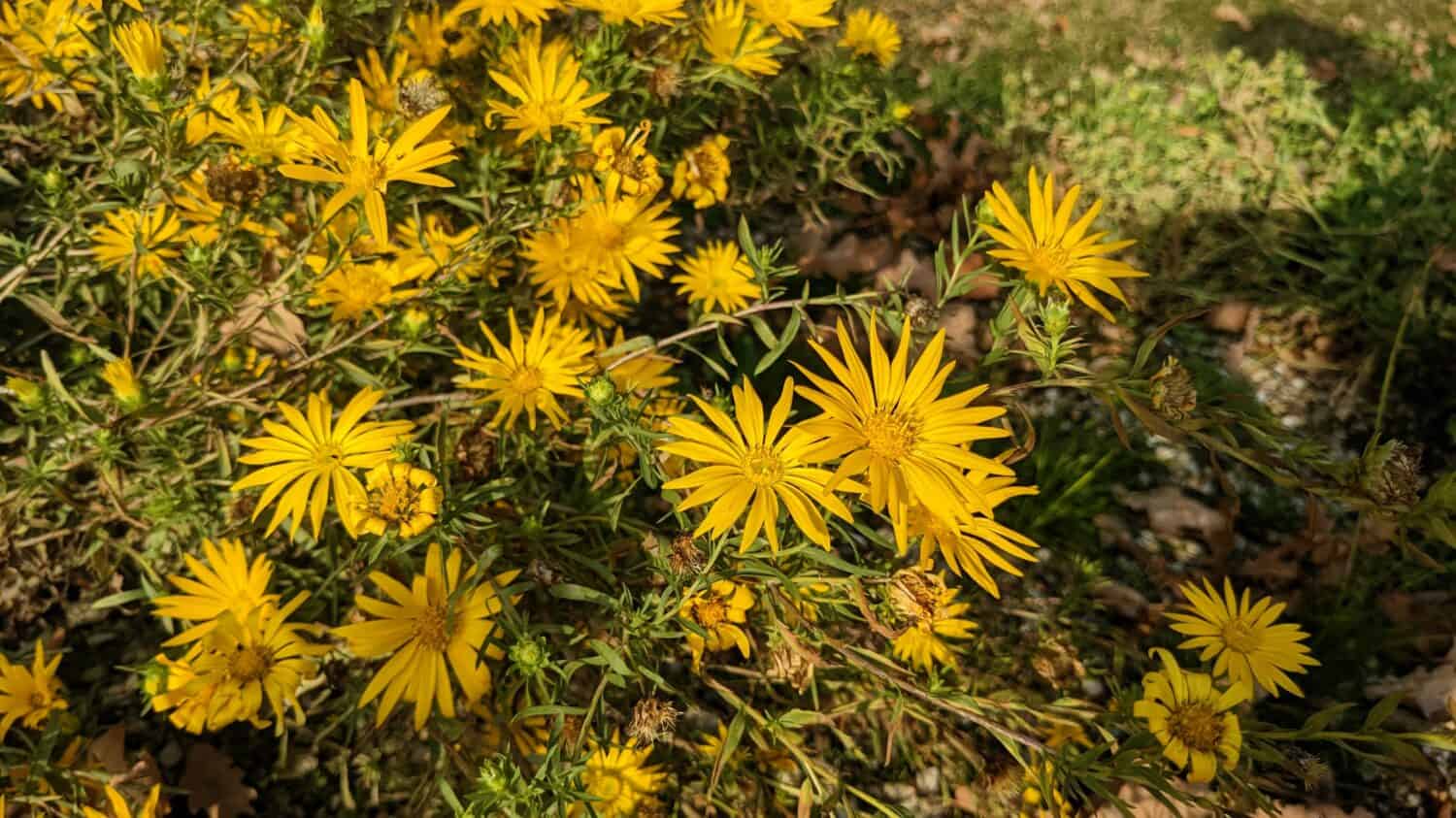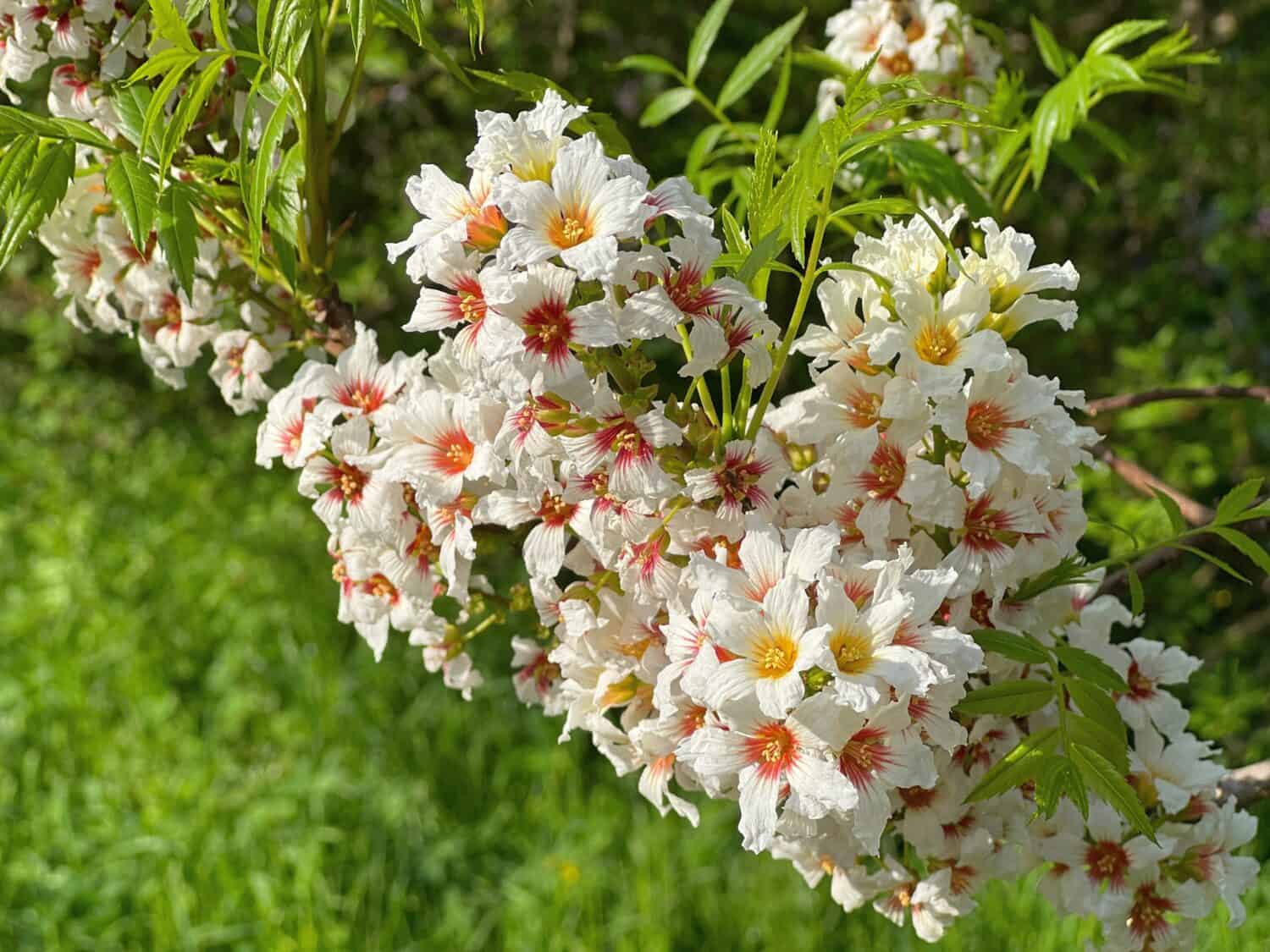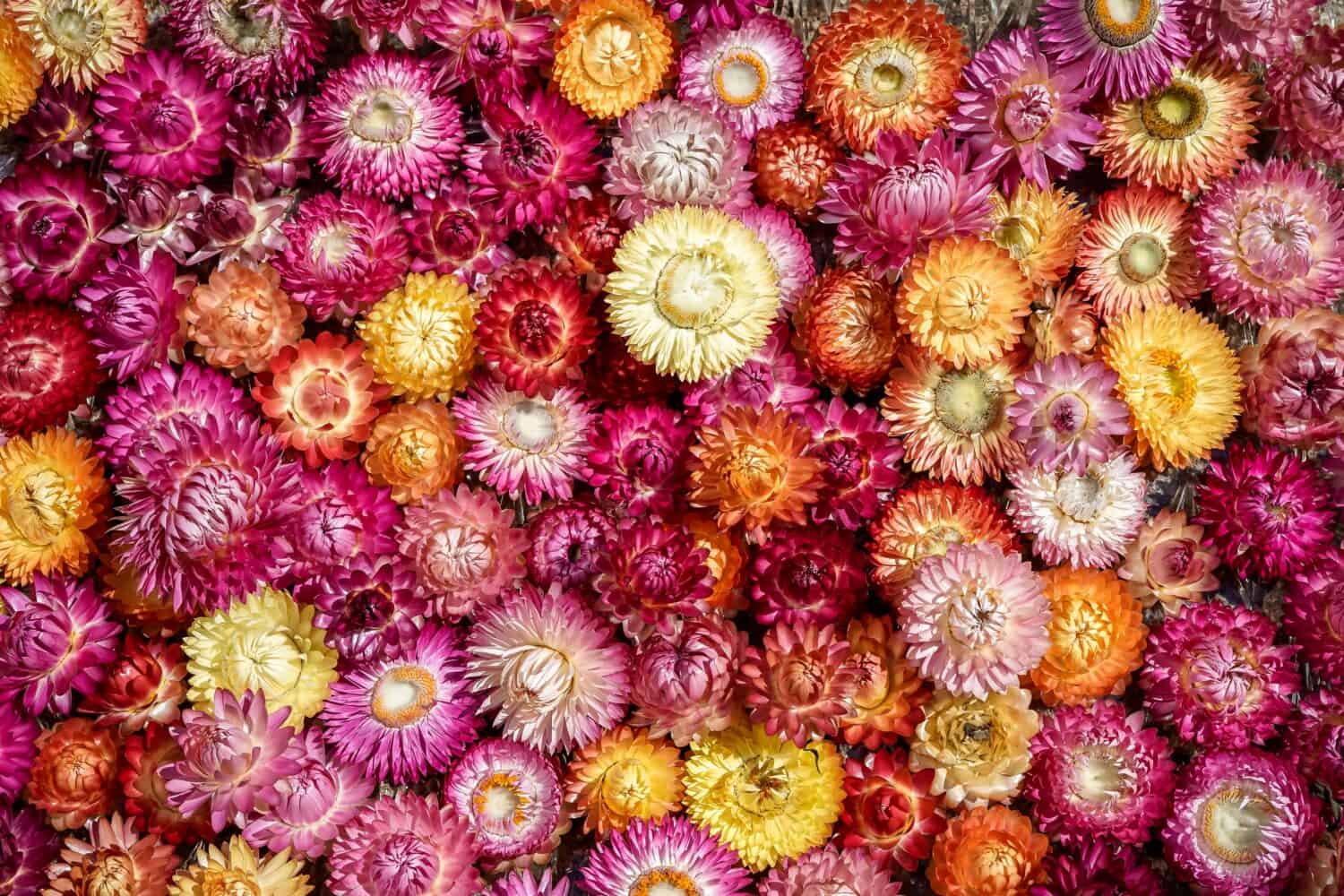You can probably name a couple of flowers that start with B, D, or R, but what about X? There certainly aren’t many flowers that start with an X, but the ones that do are some of the most beautiful. Flowers that start with the letter X grow in many different parts of the world and come in many shapes and colors. Many flowers that start with the letter X are flowers that grow in the wild or uncultivated species. There are just a few types that are cultivated and used as garden varieties.
Xanthisma spinulosum
Xanthisma spinulosum, also known as the cutleaf ironplant, is a small plant that grows from 4 to 20 inches tall. It produces bright yellow blooms during the summer, often from June through September. It is native to the prairies of the northwest United States.
Cutleaf ironplant looks similar to a daisy but is all yellow in color. The flower grows best in sandy soil and can grow in rocky desert environments. The plant grows an abundance of yellow summers during the flowering season and has long, hairy stems with many thin leaves.

species produce yellow flowers with yellow centers that are similar to daisies in shape.
©Natalka De/Shutterstock.com
Xanthoceras sorbifolium
Xanthoceras sorbifolium is also called the yellowhorn plant. It’s a type of deciduous shrub that is native to northern China. It grows anywhere from 8 to 25 feet tall and 10 to 25 feet wide. The plant produces gorgeous white and red or yellow-centered flowers during the month of May.
It’s a very easy plant to grow and does well in full sun and well-drained soil. It can tolerate drought, damp soil, and partial shade. The plant keeps its lustrous leaves until late fall before dropping them during winter. It’s a great plant to grow alone or in groups for a border or hedge.

The yellowhorn plant produces white flowers with red or yellow centers.
©lialina/Shutterstock.com
Xeranthemum annuum
Xeranthemum annuum is also known as annual everlasting, or immortelle. With a name like that, you can be sure that it is representative of immortality and eternity. The name comes from the fact that this plant is almost impossible to kill. It does well in dry and sunny conditions as well as in partial shade.
Immortelle is a beautiful blooming plant during the summer, usually producing flowers from June through September. It has a few different colors of flowers, but they mainly range from dark pink to lilac, and lighter colors including white.
This flowering plant is native to Europe and Western Asia, and it is mainly cultivated as a garden flower.

The immortelle plant produces small, yellow blooms.
©Happy window/Shutterstock.com
Xerochrysum bracteatum
Xerochrysum bracteatum is also called strawflower, or golden everlasting. It is in the Asteraceae plant family, a family that includes daisies, sunflowers, and asters. This flowering species is native to Australia and is an annual plant.
Strawflowers grow to between 3 and 4 feet tall and have green or grey foliage. They produce yellow and white flowers during spring through autumn. The species was propagated in Germany in the 1850s to create more flower colors including bronze and purple. They are sold as seed packs and grown as garden plants.
In many places, strawflowers grow in the wild as wildflowers. They are a food source for many pollinators including butterflies, moths, bees, and grasshoppers.

Strawflower blooms were originally yellow and white, but now come in shades of red, lilac, and pink.
©Kathy D. Reasor/Shutterstock.com
Xerophyllum tenax
Xerophyllum tenax is also called beargrass or basket-grass. It’s a type of herb with thick rhizomes and white, flowery stalks. It’s used as an ornamental and it grows in full sun or light shade in well-drained soils.
Beargrass usually grows up to 2 to 5 feet tall and 2 to 3 feet wide. It grows well in higher elevation areas and survives anywhere between sea level and 6,600 feet. The tiny, white blooms are also slightly fragrant.

Beargrass produces small, white, fragrant blossoms during the spring and summer.
©Kay Dropiewski/Shutterstock.com
Xyris difformis
Xyris difformis, also known as the bog yelloweyed grass, is a type of flowering plant native to North America. The grass has been found in eastern and southern parts of the U.S., eastern and central Canada, and Central America.
It’s a type of perennial herb that grows up to 3 feet tall. It produces a bloom of yellow flowers that grow on the top of long, thin, stalks. The plant grows almost anywhere but is often found in savannas, roadside ditches, around ponds and bogs, and other moist areas. It blooms during the summer and fall and is mainly grown as a wildflower in many states.

flowers are small and yellow, growing at the top of thin stems.
©Doikanoy/Shutterstock.com
Summary of Six Flowers That Start with X
| Number | Flowers |
|---|---|
| 1 | Xanthisma spinulosum |
| 2 | Xanthoceras sorbifolium |
| 3 | Xeranthemum annuum |
| 4 | Xerochrysum bracteatum |
| 5 | Xerophyllum tenax |
| 6 | Xyris difformis |
The photo featured at the top of this post is © Doikanoy/Shutterstock.com
Thank you for reading! Have some feedback for us? Contact the AZ Animals editorial team.







